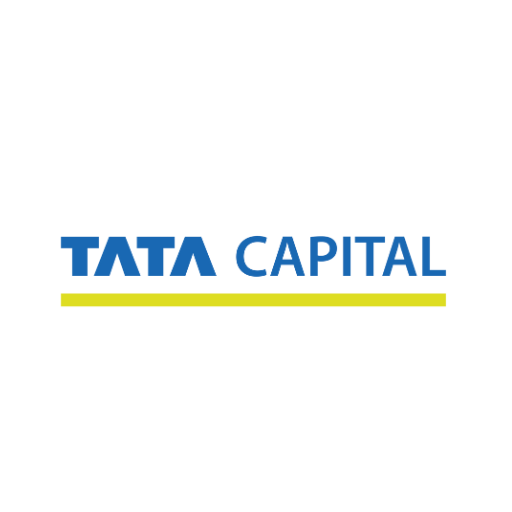N. Chandrasekaran’s third term: 5 key challenges the Tata Sons Chairman must watch out for
Since taking charge of Tata Sons in 2017, N. Chandrasekaran has led the Tata group through a complex transformation journey.

Tata Trusts’ recent approval for extension of N. Chandrasekaran’s tenure as chairman of Tata Sons for another five years signals confidence in his leadership to further streamline the group’s structure, resolve legacy challenges, and scale up emerging businesses. Since taking charge in 2017, Chandrasekaran has led the Tata group through a complex transformation journey—focussing on profitability, settling long-standing issues, and nurturing new ventures. His reappointment underscores the Trusts’ belief in his ability to guide the conglomerate into its next phase, even as critical matters, such as resolving the shareholding dispute with the Shapoorji Pallonji (SP) Group, remain unresolved. There are several major tasks lying ahead for the head of the 30-company conglomerate.
Here are the five key challenges Chandrasekaran must address in the coming years:
Resolving the SP Group Exit
The Shapoorji Pallonji Group, led by Shapoor Mistry—brother-in-law of Tata Trusts chairman Noel Tata—owns an 18.4% stake in Tata Sons. Following a high-profile legal dispute over the removal of Cyrus Mistry as chairman, the SP Group publicly stated its intention to exit the company. Facing financial pressure, it had pledged its stake to raise funds. The primary challenge now lies in arriving at a fair valuation for the stake. The SP Group is reportedly seeking over ₹1.5 lakh crore, posing a financial dilemma for Tata Sons. Chandrasekaran must find a solution that enables a smooth exit without disrupting the group’s financial stability or inviting new disputes.
Air India Turnaround Amid Crisis
Bringing Air India back into the Tata fold in 2022 was one of Chandrasekaran’s most high-profile moves. Since then, the group has executed significant consolidation—merging Air India with Vistara to form a strong full-service carrier, and combining Air India Express with AIX Connect (formerly AirAsia India) to build scale in the budget segment. However, the group faced a major setback when Air India Flight 171, en route from Ahmedabad to London, crashed shortly after takeoff on June 12, 2025, claiming 242 lives. The tragedy has prompted a deep reassessment of operations. According to sources, Chandrasekaran is now personally overseeing critical aspects of the airline’s restructuring, with safety, systems, and culture in focus.
Tata Motors Demerger and EV Strategy
Recommended Stories
Chandrasekaran has already overseen a turnaround in Tata Motors' domestic passenger vehicles business. Now, the company is being split into two listed entities—one for commercial vehicles and the other for passenger vehicles, including Jaguar Land Rover (JLR) and electric vehicles (EVs). The aim is to unlock growth through focussed strategies for each segment. This restructuring follows the integration of Tata Motors Finance into Tata Capital. Tata Motors has first-mover advantage in EVs, but the market is becoming increasingly competitive. New launches by Mahindra & Mahindra, the aggressive push by JSW-MG Motor, and the upcoming entries of global giants like Tesla and VinFast will challenge Tata’s leadership. Meanwhile, JLR is preparing for its own electric push with a range of new models, making execution in both geographies critical.
Tata Steel’s UK Transition
Tata Steel’s operations in the UK have long been a financial drag. Now, the company is investing £1.25 billion to modernise its Port Talbot plant, transitioning from traditional blast furnaces to electric arc furnace (EAF) technology. This shift is expected to reduce emissions and enable the use of scrap metal for steel production. The UK government is contributing £500 million to support the transition. Construction of the EAF is set to begin in July 2025, with operations expected by 2027. The project’s success is not only critical to Tata Steel’s turnaround but also significant for Chandrasekaran’s legacy.
Scaling Up New-age Businesses
Under Chandrasekaran, the Tata group has aggressively expanded into future-facing sectors—semiconductors, electric vehicles, battery technology, and digital platforms. Tata Electronics, established around 2020 to focus on semiconductor and precision manufacturing, reported revenues of over ₹66,000 crore in FY25, albeit with a loss of ₹1,000 crore. In digital consumer services, Tata Digital (which includes super app Tata Neu, bigbasket, and 1mg) has built a ₹32,188 crore revenue base but is incurring heavy losses—the number was ₹4,610 crore last fiscal.
Meanwhile, Tata’s battery manufacturing arm, Agratas, is building gigafactories in India and the UK to support its EV goals. These large bets require not only capital but also technological leadership. Chandrasekaran must now focus on scaling these businesses, cutting losses, and ensuring their long-term sustainability.
Adding to this growth push is the planned IPO of Tata Capital. By listing the financial services arm, the group hopes to unlock further value and increase transparency. Altogether, these businesses have drawn investments exceeding ₹1.8 lakh crore, reflecting the bold pivot toward innovation and future-readiness.


